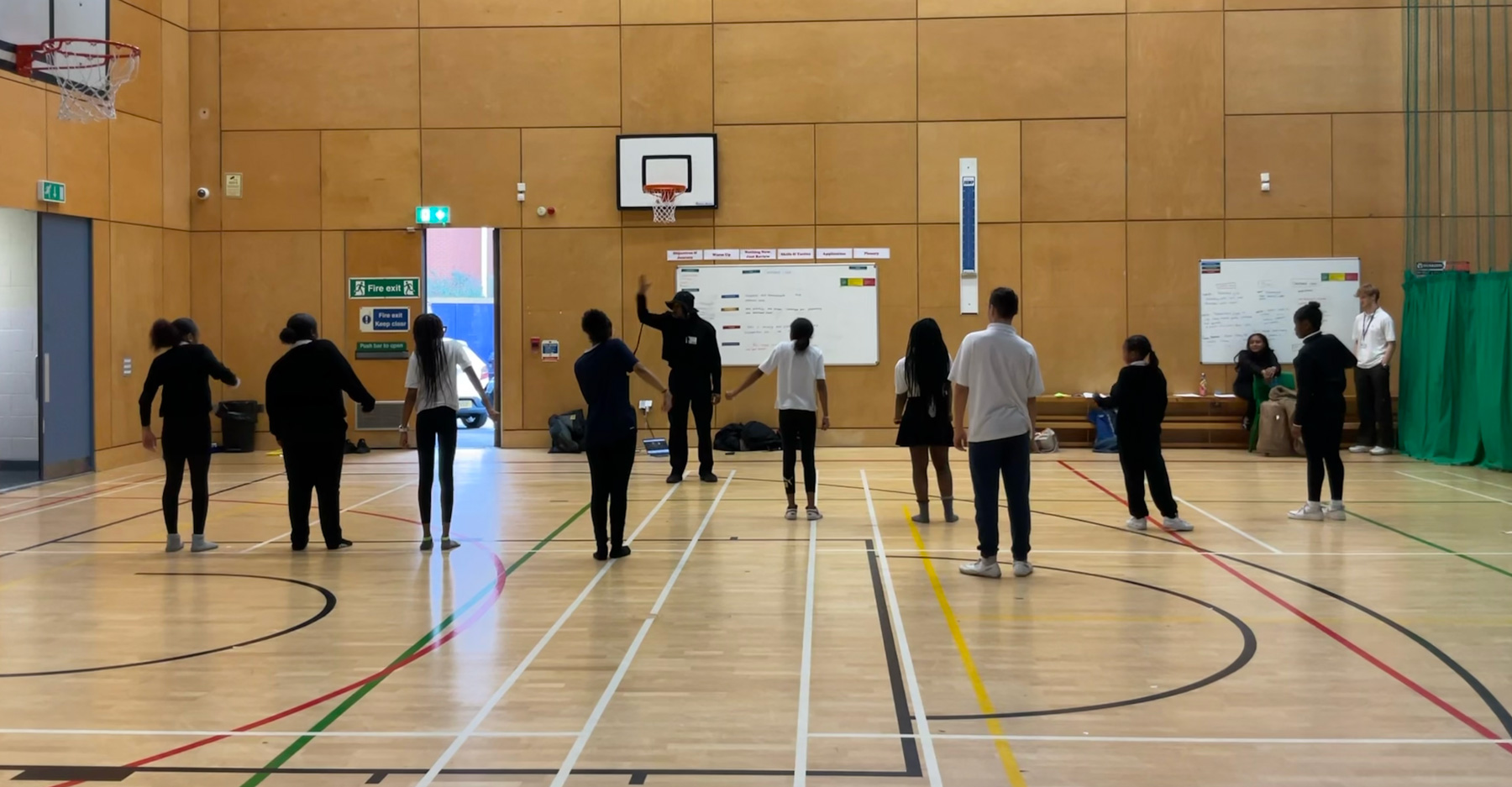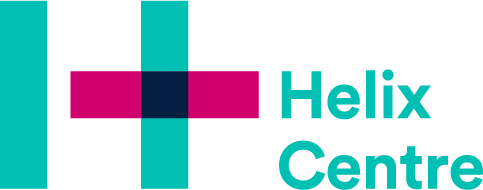
Dance and Health
How can we engage young people in Dance, co-designed to benefit their social, mental and educational health? A pilot study.
What is the problem we are solving?
Dancing creates joy, an ingredient for wellbeing that is never more needed than in the pursuit of good health. Aside from being joyful, dancing is holistically good for you: Muscle tone, suppleness, balance and endurance are among the physical benefits of regular practice. But by connecting with your body, you can also develop self-awareness and boost self-esteem, express your emotions, create a bond with others and even (re)discover happiness (Quand on Dance, 2024).
Dancing is one of the most sociable physical activities and art forms, especially where partner styles like the Salsa or Tango are practised and facilitate physical touch, which we learned the importance of in reducing loneliness and calming the nervous system during the pandemic.
Despite some existing evidence, dance is not used to its full potential as a tool for maintaining healthy communities. Dance is already used to benefit people with Cancer, Dementia and Parkinsons but this project, which we hope to be the start of further work relating to 'the arts and health', focuses on teenagers because there is a widely documented ongoing mental health crisis in young people. The charity 'Young Minds' reported in 2021 that just over one in three children and young people with a diagnosable mental health condition get access to NHS care and treatment (Young Minds, 2021). This is likely to mean that only the most extreme cases of mental or social health challenges get adequate access to support.
Our solution
The aim of this project is to facilitate young people to design dance sessions that they feel enthused by, will engage with and will benefit their mental wellbeing.
The project is a pilot so we are testing the approach of using co-design in the context of designing dance sessions and generate preliminary evidence for how dance to benefit young people's wellbeing should be facilitated. We hope to use the findings as evidence for schools and the community about how to deliver such classes, with the possibility of scaling and further work.
Our approach
We are using Helix's tried and tested co-design methods to run sessions with three young people where they are supported to think about anc communicate what a course of engaging dance classes could be like. This involved presenting videos of different dancing styles, activities, venues and teachers to encourage curiosity and inspiration.
The classes are then run as a pilot with the young people and their peers. Participants enthusiasm for dancing and mental wellbeing is measured in a survey before and after the pilot classes. This is known as pre and post intervention data collection. The project is taking place in two schools and a youth club in London during 2024.
Impact so far
““When there are things on your mind you can just dance it out” - participant
During the co-design phase the young people shared some criteria for the dance sessions which shaped the agenda for the pilot and upheld the importance that the project was young people led. These included:
Familiar genre: The classes should teach styles for which the participants have already some awareness of or familiarity. For example Urban styles they are aware of from Tik Tok or K-pop music videos, street and musical theatre as experienced in extra curricular classes.
Relate dance activities to culture: Unprompted, many participants talked fondly of dancing when relating it to their cultural heritage or music for example when reflecting on street dance culture in the Caribbean.
Stimulate cheerfulness by showing support for each other: participants feel they will feel more cheerful if some time in the dance session is spent sharing words of encouragement and positive feedback on each others performances.
Relatable teacher and music: The teacher should be considered young and culturally relatable, as should the music.
“I like specific songs that have deep meaning, if the lyrics are about something that a person loves, I can relate to that - participant”
Mixed agenda: Classes should have some open agenda, to give them freedom to create their own choreography, working with groups of peers that they can self select. This should be combined with structure and taught choreography in order to provide inspiration and provide a sense of achievement.
Aim for in-group performances: Dancers need something to aim for but competitions or shows are considered high pressure. Instead performing for each other in the session in groups followed by encouragement to praise each other is a sufficient end goal. A prize for the 'best group dance' could be motivating but again this should be just within the group setting.
Introducing partner work amongst friends: When probed participants were reluctant about the thought of dancing with partners because 'touching hands could be awkward and it's not something people our age would do'. An acceptable way to introduce dancing in pairs to young people is to allow them to self-select a friend to do it with.
“It is only ok to dance in partners if it is with your best friend”
We also learnt some new colloquial phrases within Pop Culture - that partner dancing is considered 'neeky' (both nerdy and geeky) but that dance classes should be 'vibey', replicating street dancing culture in the Caribbean.
The project has been completed in one school and is in progress in the other two settings.
More information
The community engagement in this project is funded by Imperial College Societal Engagement Seed Fund.
For more infomration on this project please contact Alice Gregory on a.gregory@imperial.ac.uk
References
1 www.quand-on-danse.org/en
2 “Mental Health Statistics UK | Young People.” YoungMinds, 2021



